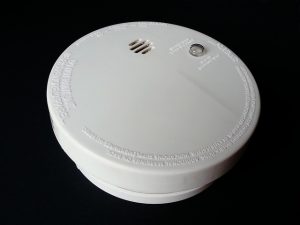In the realm of home safety, few devices hold as much importance as smoke detectors. These unassuming gadgets act as silent guardians, constantly vigilant against the threat of fire. However, having just any smoke detector isn’t enough; it’s crucial to ensure that your home has the right number of detectors, strategically placed to provide optimal protection.
smoke detector isn’t enough; it’s crucial to ensure that your home has the right number of detectors, strategically placed to provide optimal protection.
Ideally, every level of your home should be equipped with at least one smoke detector. This means placing detectors in key areas such as bedrooms, hallways, and common areas like the living room or kitchen. Additionally, it’s advisable to install a smoke detector inside each bedroom to provide maximum early warning in case of a fire while occupants are asleep.
Placement is key to effective smoke detection. Detectors should be installed on the ceiling or high on the wall, as smoke rises. Avoid placing them near windows, doors, or vents, as these areas may disrupt the detector’s ability to accurately sense smoke.
The National Fire Protection Association (NFPA) recommends interconnected smoke alarms for optimal safety. Interconnected alarms are linked, so when one detects smoke, all alarms in the house sound simultaneously, ensuring everyone in the home is alerted, regardless of their location.
Regular maintenance is also crucial. Test your smoke detectors monthly, replace batteries at least once a year, and replace the entire unit every ten years.
Having the right amount of properly placed smoke detectors isn’t just a matter of convenience—it’s a fundamental aspect of home safety. By investing in these small yet vital devices, you’re taking a proactive step towards protecting your loved ones and your home from the devastating effects of fire. After all, when it comes to safety, there’s no room for compromise.








